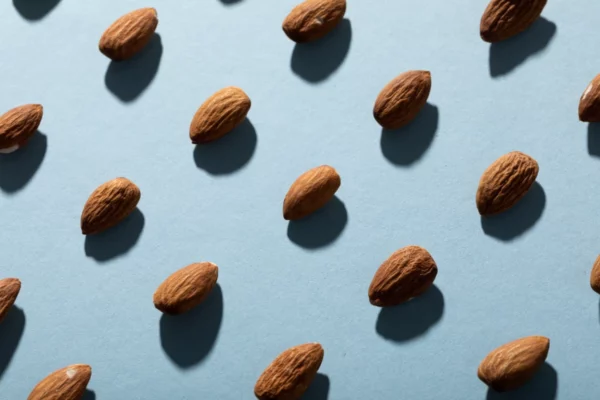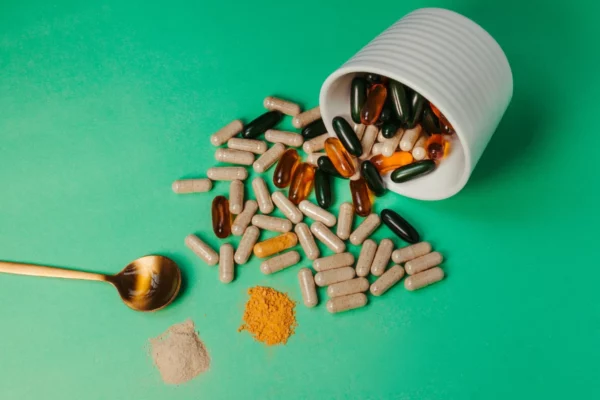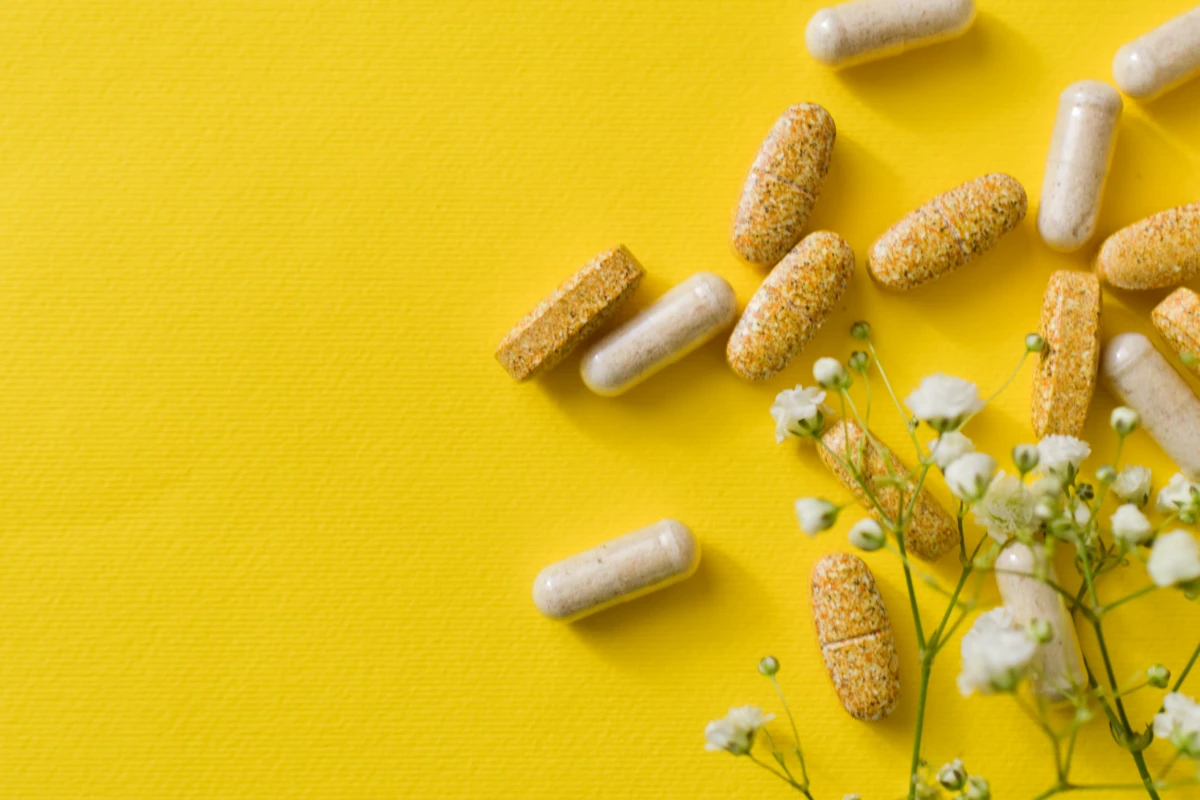Glucagon-like peptide 1 (GLP-1) is a hormone the intestine produces that regulates glucose metabolism and appetite. GLP-1 agonists, which mimic the action of GLP-1 or stimulate its production, are commonly used as medications for type 2 diabetes and obesity. However, there are also natural ways to increase GLP-1 levels in the body, such as through dietary fiber intake. This post will explore how dietary fiber can raise GLP-1 levels and improve metabolic health.
What is glucagon-like peptide-1(GLP-1), and why is it essential for excellent health?
GLP-1 (glucagon-like peptide-1) is a hormone produced and secreted by the L-cells in the intestine in response to food intake. It plays an essential role in glucose homeostasis by stimulating insulin secretion from the pancreas, slowing down the release of glucose from the liver, and reducing appetite. GLP-1 also benefits cardiovascular health, weight loss, blood sugar control, and overall metabolic health.
GLP-1 slows down the rate at which food is emptied from the stomach, which can help to regulate appetite and prevent overeating. Various factors, including the presence of nutrients in the gut, neural signals from the brain, and gut microbiota composition, regulate GLP-1 secretion.
GLP-1 has a short half-life in the body, as it is rapidly degraded by an enzyme called dipeptidyl peptidase-4 (DPP-4). Therefore, researchers have been looking for ways to increase GLP-1 levels in the body to enhance its therapeutic potential. Several GLP-1 receptor agonist drugs have made it through clinical trials and have been approved for the management of
Various factors, including nutrient composition, gut microbiota, and neural signals, tightly regulate its secretion. One promising strategy is to use dietary fiber to stimulate GLP-1 secretion from the intestine.
How does dietary fiber increase GLP-1 secretion?
Dietary fiber is a type of carbohydrate that is resistant to digestion and absorption in the small intestine. Instead, it passes through to the large intestine and is fermented by gut bacteria in the large intestine. This fermentation process produces short-chain fatty acids (SCFAs) such as butyrate, acetate, and propionate.
Several studies have shown that SCFAs can stimulate the release of GLP-1 from intestinal cells. For example, one study found that butyrate increased GLP-1 secretion by up to 40% in rats. Another study showed that propionate increased GLP-1 secretion by 25% in humans.
SCFAs may stimulate GLP-1 secretion by activating specific receptors on intestinal cells, such as the G protein-coupled receptor 43 (GPR43) or other receptors. These receptors are known to be expressed on enteroendocrine cells, which are specialized cells that produce and release hormones such as GLP-1.
Dietary fiber may also indirectly stimulate GLP-1 secretion by slowing down the emptying of the stomach and delaying the absorption of carbohydrates. This leads to a slower and more sustained release of glucose into the bloodstream, which can stimulate the release of GLP-1 from the intestine.
Furthermore, dietary fiber can stimulate the production of other gut hormones, such as peptide YY (PYY), which has been shown to increase GLP-1 secretion from intestinal cells.
What types of dietary fiber are best for increasing GLP-1 secretion?
Not all types of dietary fiber are equally effective at stimulating GLP-1 secretion. Some types of fiber, such as insoluble fiber, may have little or no effect on GLP-1 levels. On the other hand, soluble fibers such as pectin, guar gum, and beta-glucan have been shown to increase GLP-1 secretion in humans.
Pectin is a soluble fiber found in fruits such as apples, citrus fruits, and pears. In one study, consuming pectin increased GLP-1 secretion by 30% in healthy adults.
Guar gum is a type of soluble fiber derived from the seeds of the guar plant. It has been shown to increase GLP-1 secretion in healthy individuals and those with type 2 diabetes. In one study, consuming 5 grams of guar gum increased GLP-1 secretion by 20% in healthy adults.
Beta-glucan is a soluble fiber in oats, barley, and other grains. It has been shown to increase GLP-1 secretion in both humans and animals. In one study, consuming oatmeal
Dietary fiber refers to the indigestible portion of plant-based foods that are not broken down by human enzymes in the digestive system. There are two main types of dietary fiber – soluble and insoluble – which have different physical properties and can have varying effects on GLP-1 secretion and overall health.
Soluble fiber is characterized by its ability to dissolve in water and form a gel-like substance in the digestive tract. This type of fiber is found in oats, beans, and fruits such as apples and citrus fruits. Soluble fiber has been shown to increase GLP-1 secretion, which can have potential benefits such as reducing appetite and improving glycemic control. Soluble fiber is also linked to lower cholesterol levels and improved cardiovascular health.
Insoluble fiber, however, does not dissolve in water and maintains its physical structure as it passes through the digestive tract. This type of fiber is found in whole grains, nuts, and vegetables such as broccoli and carrots. Insoluble fiber has not been shown to increase GLP-1 secretion to the same extent as soluble fiber. Still, it can have other health benefits, such as promoting regular bowel movements and reducing the risk of constipation and colorectal cancer.
In addition to the physical properties of fiber, the specific types of fibers can also affect GLP-1 secretion and overall health. For example, fructooligosaccharides (FOS) are a type of soluble fiber shown to increase GLP-1 secretion and improve glycemic control. FOS is found in foods such as onions, garlic, and asparagus. On the other hand, resistant starch, an insoluble fiber that resists digestion in the small intestine and ferments in the colon, has been shown to increase GLP-1 secretion and improve insulin sensitivity.
Furthermore, gut microbiota play a critical role in the fermentation of fiber in the colon, which can influence GLP-1 secretion and overall health. Some types of fibers, such as inulin, act as prebiotics, which stimulate the growth of beneficial bacteria in the gut. These beneficial bacteria can then ferment the fiber and produce short-chain fatty acids (SCFAs), which have been shown to increase GLP-1 secretion and have other health benefits, such as reducing inflammation and improving gut health.
In conclusion, different types of fiber can have different effects on GLP-1 secretion and overall health. Soluble fiber has been shown to increase GLP-1 secretion and has potential benefits, such as reducing appetite and improving glycemic control. In contrast, insoluble fiber can have other health benefits, such as promoting regular bowel movements and reducing the risk of constipation and colorectal cancer. Specific fiber types, such as FOS and resistant starch, can also affect GLP-1 secretion and health outcomes. Additionally, gut microbiota plays a critical role in the fermentation of fiber and the production of SCFAs, which can influence GLP-1 secretion and have other health benefits. Incorporating various fiber-rich foods into the diet can help promote overall health and improve metabolic outcomes.
Summary
Regulating GLP-1 secretion involves multiple factors, including nutrient composition, gut microbiota, and neural signals. Understanding how these factors influence GLP-1 secretion is vital for developing strategies to improve glucose homeostasis and manage metabolic disorders such as type 2 diabetes and obesity.









